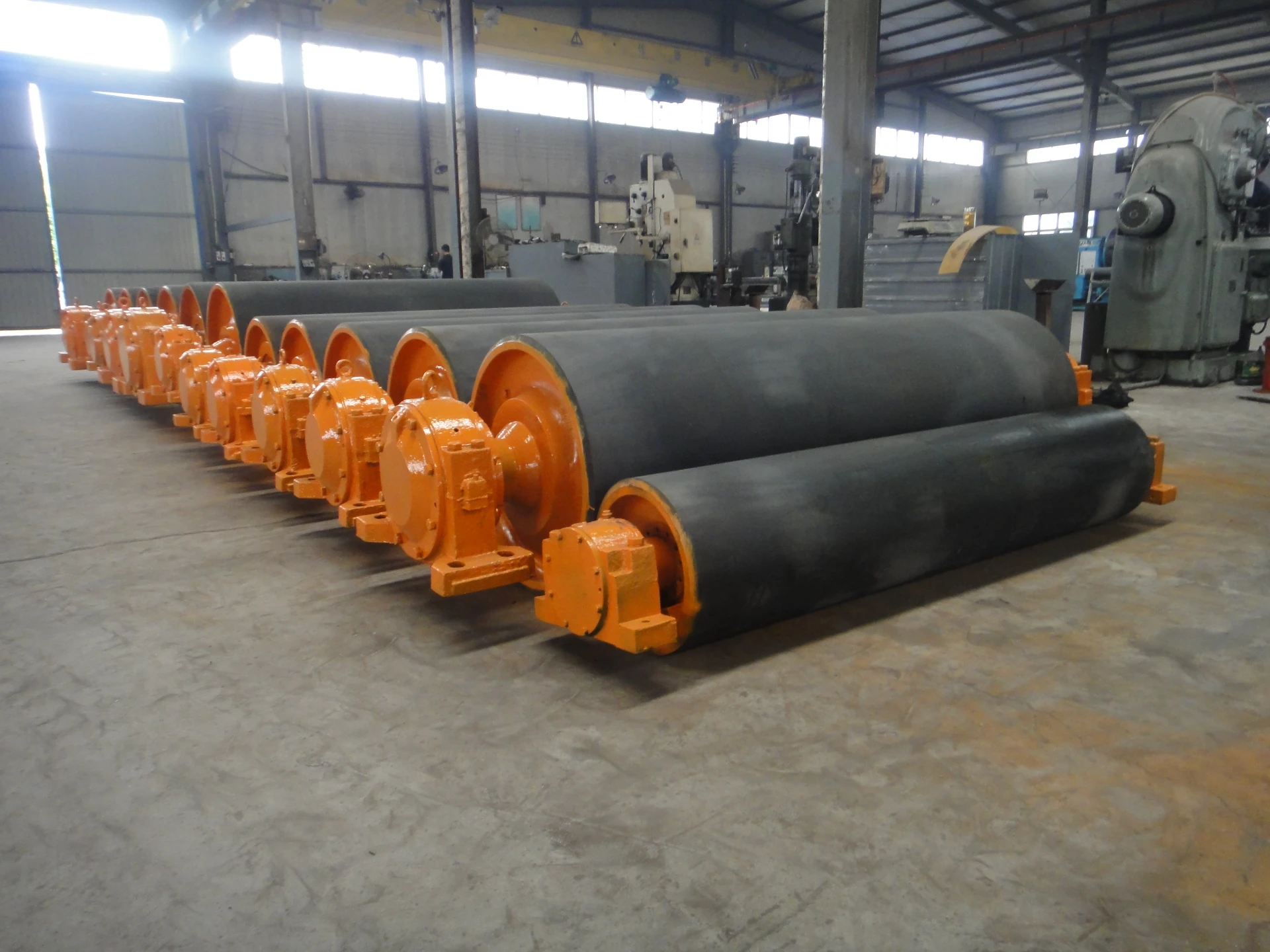 Afrikaans
Afrikaans  Albanian
Albanian  Amharic
Amharic  Arabic
Arabic  Armenian
Armenian  Azerbaijani
Azerbaijani  Basque
Basque  Belarusian
Belarusian  Bengali
Bengali  Bosnian
Bosnian  Bulgarian
Bulgarian  Catalan
Catalan  Cebuano
Cebuano  Corsican
Corsican  Croatian
Croatian  Czech
Czech  Danish
Danish  Dutch
Dutch  English
English  Esperanto
Esperanto  Estonian
Estonian  Finnish
Finnish  French
French  Frisian
Frisian  Galician
Galician  Georgian
Georgian  German
German  Greek
Greek  Gujarati
Gujarati  Haitian Creole
Haitian Creole  hausa
hausa  hawaiian
hawaiian  Hebrew
Hebrew  Hindi
Hindi  Miao
Miao  Hungarian
Hungarian  Icelandic
Icelandic  igbo
igbo  Indonesian
Indonesian  irish
irish  Italian
Italian  Japanese
Japanese  Javanese
Javanese  Kannada
Kannada  kazakh
kazakh  Khmer
Khmer  Rwandese
Rwandese  Korean
Korean  Kurdish
Kurdish  Kyrgyz
Kyrgyz  Lao
Lao  Latin
Latin  Latvian
Latvian  Lithuanian
Lithuanian  Luxembourgish
Luxembourgish  Macedonian
Macedonian  Malgashi
Malgashi  Malay
Malay  Malayalam
Malayalam  Maltese
Maltese  Maori
Maori  Marathi
Marathi  Mongolian
Mongolian  Myanmar
Myanmar  Nepali
Nepali  Norwegian
Norwegian  Norwegian
Norwegian  Occitan
Occitan  Pashto
Pashto  Persian
Persian  Polish
Polish  Portuguese
Portuguese  Punjabi
Punjabi  Romanian
Romanian  Russian
Russian  Samoan
Samoan  Scottish Gaelic
Scottish Gaelic  Serbian
Serbian  Sesotho
Sesotho  Shona
Shona  Sindhi
Sindhi  Sinhala
Sinhala  Slovak
Slovak  Slovenian
Slovenian  Somali
Somali  Spanish
Spanish  Sundanese
Sundanese  Swahili
Swahili  Swedish
Swedish  Tagalog
Tagalog  Tajik
Tajik  Tamil
Tamil  Tatar
Tatar  Telugu
Telugu  Thai
Thai  Turkish
Turkish  Turkmen
Turkmen  Ukrainian
Ukrainian  Urdu
Urdu  Uighur
Uighur  Uzbek
Uzbek  Vietnamese
Vietnamese  Welsh
Welsh  Bantu
Bantu  Yiddish
Yiddish  Yoruba
Yoruba  Zulu
Zulu rubber lagging
Understanding Rubber Lagging Benefits and Applications
Rubber lagging is a crucial component in various industrial applications, particularly in the field of material handling and processing. It refers to the process of applying a layer of rubber to the surface of equipment such as conveyor belts, pulleys, and rollers. This technique not only enhances the performance and durability of these components but also provides several additional benefits which we will explore in this article.
Benefits of Rubber Lagging
1. Enhanced Traction and Grip
One of the primary advantages of rubber lagging is its ability to improve traction between the belt and the pulley or roller. The rubber surface provides a superior grip, which minimizes the risk of slippage during operation. This enhanced grip is particularly important in industries where heavy materials are being transported, as it ensures that goods remain securely on the conveyor, reducing the likelihood of spills and accidents.
2. Wear Resistance
Rubber is known for its durability and resilience. By applying rubber lagging to equipment, operators can significantly extend the lifespan of critical components. The rubber acts as a protective layer, absorbing impact and wear that would otherwise affect the underlying metal surfaces. This wear resistance leads to reduced maintenance costs and fewer replacements, making it a cost-effective solution in the long run.
3. Vibration Dampening
In many industrial settings, equipment operates under high-stress conditions, leading to vibrations that can cause wear and tear over time. Rubber lagging serves as an effective dampening tool, absorbing vibrations and reducing the transmission of shock throughout the system. This characteristic not only prolongs the life of the machinery but also contributes to a quieter working environment.
4. Corrosion Protection
rubber lagging

Parts of machinery can be susceptible to corrosion, especially in harsh environments where moisture and chemicals are present. The application of rubber lagging offers a barrier that protects metal surfaces from corrosive elements. This feature is particularly beneficial in the mining and mineral processing industries, where equipment is often exposed to abrasive and acidic materials.
5. Improved Noise Control
In addition to vibration dampening, rubber lagging can also play a role in noise reduction. Many industrial processes generate significant noise, which can be detrimental to worker health and safety. The rubber layer can help to absorb and mitigate sound levels, contributing to a more pleasant workplace atmosphere.
Applications of Rubber Lagging
Rubber lagging is used in a multitude of industries, including
- Mining and Mineral Processing Here, rubber lagging is often applied to conveyor belts and pulleys to handle abrasive materials effectively. Its wear resistance and traction capabilities are critical for efficient operations. - Food Processing In this sector, cleanliness and hygiene are essential. Rubber lagging can be made from food-grade materials, ensuring safety while also providing the necessary durability and grip.
- Construction Rubber lagging is frequently used in construction equipment to handle heavy loads. Its protective qualities help extend the equipment's lifespan, contributing to cost savings.
- Waste Management In waste processing facilities, rubber lagging helps manage the transport of various types of waste materials, providing sturdy support and reducing wear on equipment.
Conclusion
Rubber lagging is an indispensable part of many industrial operations. Its numerous benefits—ranging from enhanced traction and wear resistance to vibration dampening and corrosion protection—make it an effective solution for various equipment applications. By investing in quality rubber lagging, industries can improve their operational efficiency, reduce maintenance costs, and ultimately extend the lifespan of critical machinery. Whether in mining, food processing, construction, or waste management, the advantages of rubber lagging are clear, making it a valuable component in the modern industrial landscape.
-
Revolutionizing Conveyor Reliability with Advanced Rubber Lagging PulleysNewsJul.22,2025
-
Powering Precision and Durability with Expert Manufacturers of Conveyor ComponentsNewsJul.22,2025
-
Optimizing Conveyor Systems with Advanced Conveyor AccessoriesNewsJul.22,2025
-
Maximize Conveyor Efficiency with Quality Conveyor Idler PulleysNewsJul.22,2025
-
Future-Proof Your Conveyor System with High-Performance Polyurethane RollerNewsJul.22,2025
-
Driving Efficiency Forward with Quality Idlers and RollersNewsJul.22,2025





























